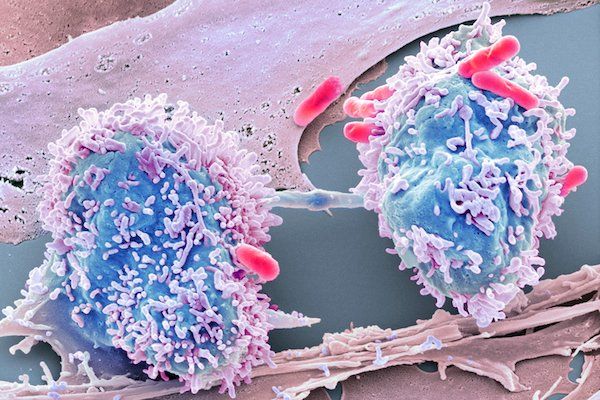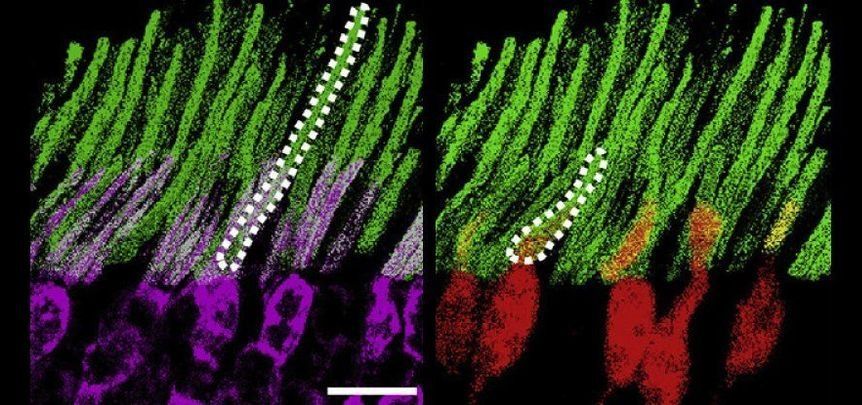Icefishes (suborder Notothenioidei; family Channichthyidae) are the only vertebrates that lack functional haemoglobin genes and red blood cells. Here, we report a high-quality genome assembly and linkage map for the Antarctic blackfin icefish Chaenocephalus aceratus, highlighting evolved genomic features for its unique physiology. Phylogenomic analysis revealed that Antarctic fish of the teleost suborder Notothenioidei, including icefishes, diverged from the stickleback lineage about 77 million years ago and subsequently evolved cold-adapted phenotypes as the Southern Ocean cooled to sub-zero temperatures. Our results show that genes involved in protection from ice damage, including genes encoding antifreeze glycoprotein and zona pellucida proteins, are highly expanded in the icefish genome. Furthermore, genes that encode enzymes that help to control cellular redox state, including members of the sod3 and nqo1 gene families, are expanded, probably as evolutionary adaptations to the relatively high concentration of oxygen dissolved in cold Antarctic waters. In contrast, some crucial regulators of circadian homeostasis (cry and per genes) are absent from the icefish genome, suggesting compromised control of biological rhythms in the polar light environment. The availability of the icefish genome sequence will accelerate our understanding of adaptation to extreme Antarctic environments.
Alcatraz holds many forgotten secrets, but one has been discovered: High-tech radar and laser scans have uncovered a hidden military traverse underneath the infamous penitentiary, according to new research.
A team of researchers from Binghamton University, State University of New York used terrestrial laser scans, ground-penetrating radar data, and georectifications (the process of taking old digitized maps and linking them to a coordinate system so that they can be accurately geolocated in 3D space) to locate and assess the historical remains beneath the former recreation yard of the Alcatraz penitentiary, according to a press release.
It appears to happen more readily than we once believed.
- By Miguel Coelho on March 1, 2019
How badly do we want this?
An incredible new nanotechnology could one day enable us to see in the dark. It works on mice, and there’s little to say it wouldn’t be equally effective on other mammals. The only drawback — how are you with needles to the eyeball?
Research led by the University of Science and Technology of China produced particles that adhere to light-detecting cells in the retina and help them respond to near-infrared (NIR) wavelengths.
The back of our eye, which is where the retina is, acts like a television screen in reverse. As the full spectrum of light falls on its cells, some wavelengths trigger chemical reactions we perceive as either colour or intensity.
Still, Estonia’s research prowess is an example of how quickly a small country can turn its scientific fortunes around with international support and well-designed domestic policies — and its success has drawn attention from other nations looking to build their scientific capacity. Latvia, for instance, borders Estonia and joined the EU at the same time. “We started from a very similar position,” says Dmitrijs Stepanovs, Latvia’s deputy state secretary and director of the higher-education and science ministry, but “now we are far behind and must try to catch up.”
A small nation found strength in research after joining the European Union.









